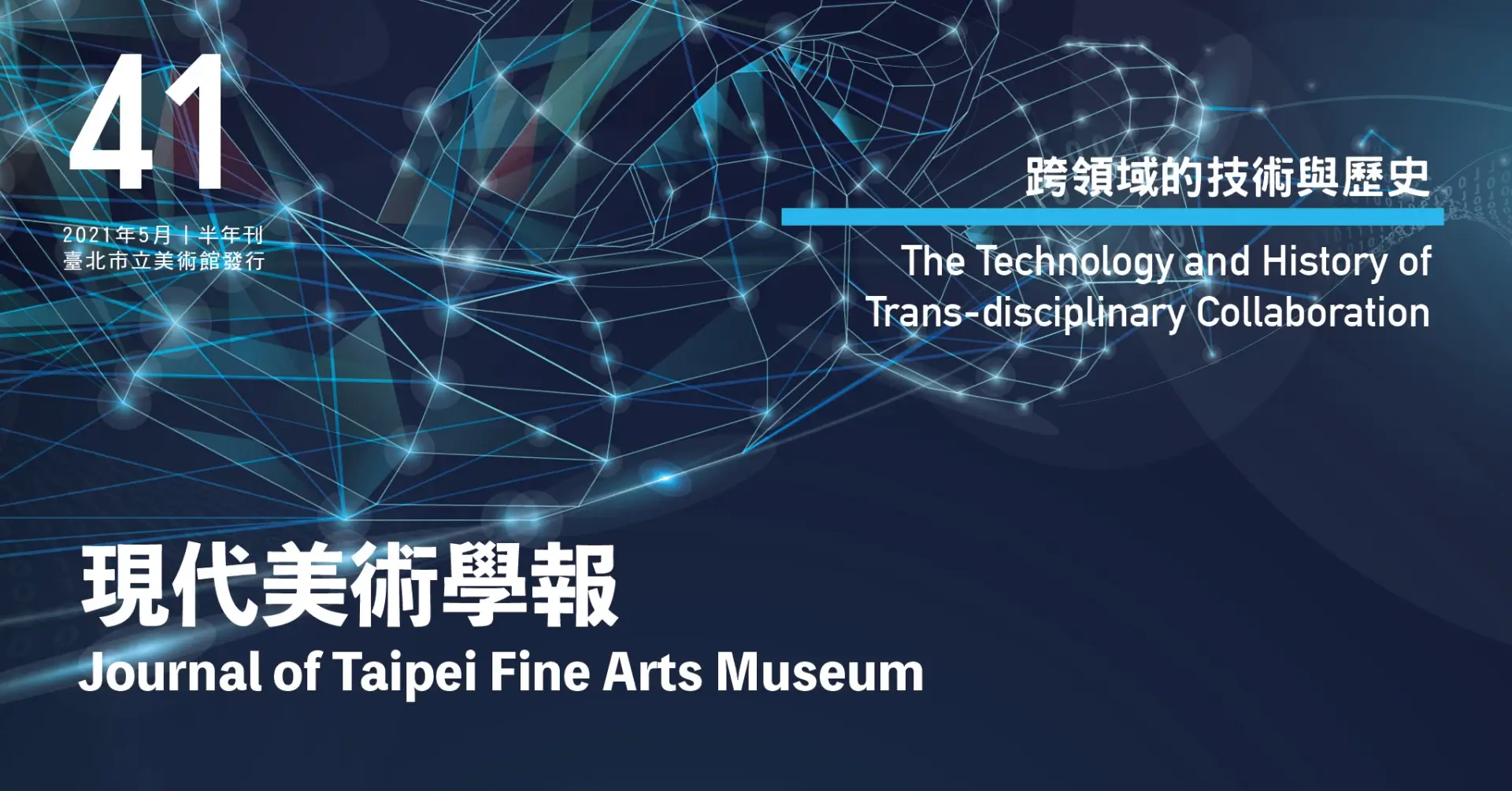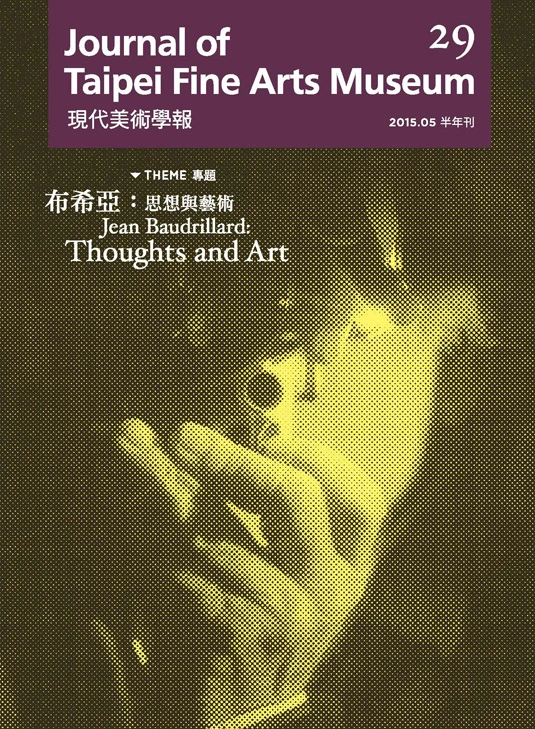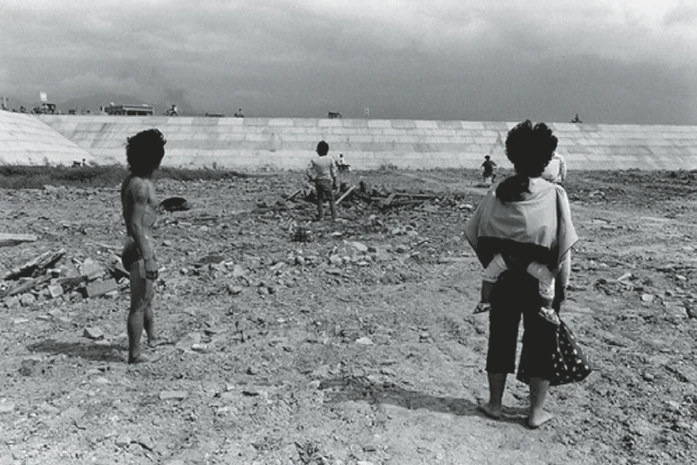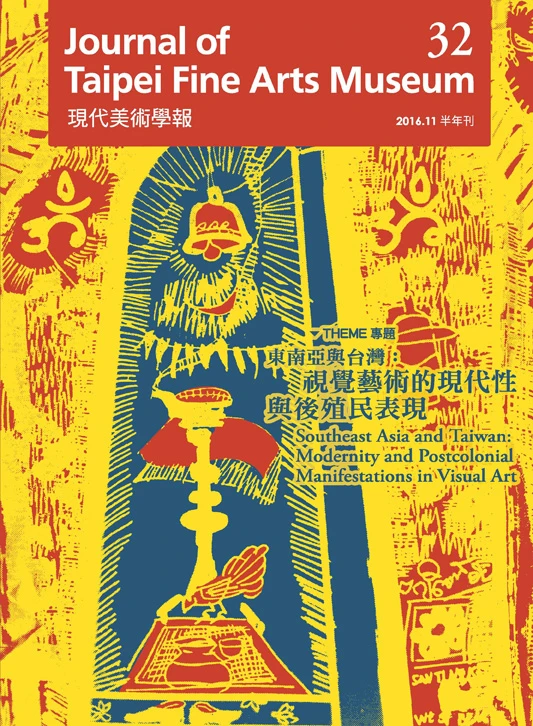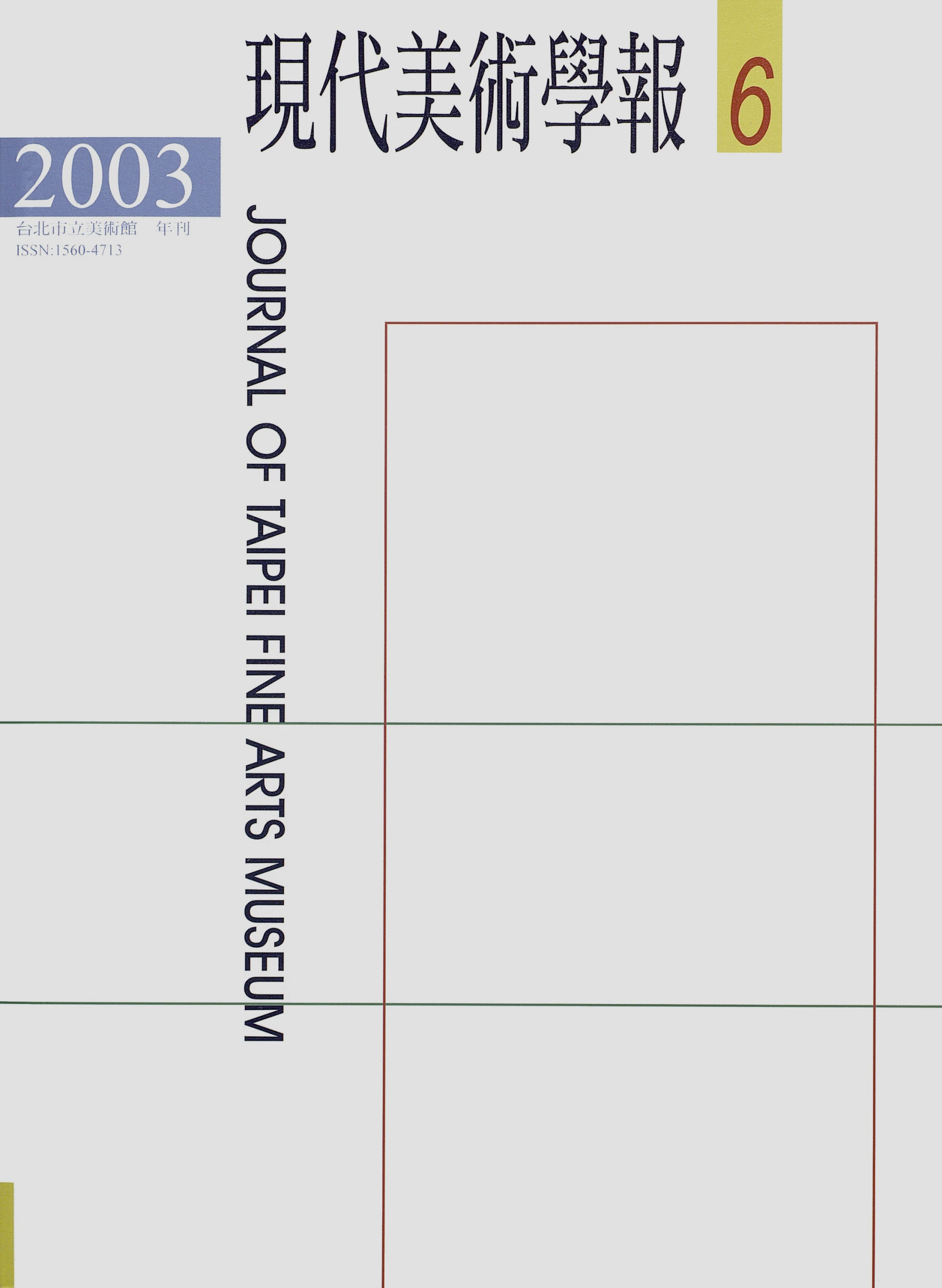摘要
台北雙年展在知名國際策展人協助及自身多年努力下,進入了國際重要雙年展之列,但亦似乎到達新的瓶頸,以致我們亟需思考:要持續舉辦一個經過組裝、調整,但基本上仍是屬於國際藝術主流輸入的重要國際雙年展?還是要開始練習建構一個有效的過程,來做為廣義主體的發言能力、甚至行動能力?對這個多年耕耘國際交流的藝術機構而言,如果把台北雙年展與國立美術館的亞洲雙年展進行比對,不難看出台北雙年展與國際對話的角色,以及它是針對亞洲、世界新關係所採取的新戰略位置;實際上,就是這個角度與位置,使台北雙年展成為凝聚、突顯社會想像,以及啟動國內國際話語行動能力的機器。
然而需要面對的問題是,為求達到這樣的新功能,我們有沒有足夠的工具?我們究竟是缺少夠強的臺籍國際策展人?還是由於沒有明確政策主導以及行政支援機制?或者是,由於沒有給予足夠連續的時間來發展,沒有足夠的實驗平台,使得這樣等級的主體性策展議題,以及本地的國際級策展人無法產生,讓相關的藝術生產經常無以為繼?為此,筆者試想:如何透過組裝多策展人及相關議題的方式來建構台北雙年展?這種組裝方式是缺點?還是一種優點?在這個提問下,重新審視2012台北雙年展「現代怪獸/想像的死而復生」的議題生產、臺灣藝術家參與、甚至啟動微型博物館的操作模式,以理解在這個層次上,臺灣是否有足夠的能力來回應以上的種種問題。
最後,經過主客觀條件的理解以及盤整,筆者嘗試提出了一個隔屆雙軌制台北雙年展的模型:一屆持續現有由國際策展人所提供引進,與臺灣或亞洲社會有密切關係的國際藝術趨勢展覽;下一屆則由幾位包含臺灣、亞洲、國際策展人、以及美術館內部策展團隊所共同啟動的台北雙年展,讓國際與在地的功能各自發展到極致,而非半吊子的並且政策宣告式的組合。
關鍵詞
單向國際交流、藝術與社會變動、亞洲藝術社群、國際話語權、雙軌式台北雙年展
Abstract
With the assistance of well-known international curators and years of internal hard work, the Taipei Biennial has come to be considered one of the more important international biennials. But now it seems to have reached a new checkpoint, such that we must consider: Must we continue to mount an internationally important biennial, which, though it has undergone local packaging and modification, is basically imported from the mainstream of international art? Or should we begin preparing to construct effective capabilities to express, or even enact, a broader subjectivity? From the point of view of the public art institution which has spent years cultivating international exchange, if you compare the Taipei Biennial to the National Taiwan Museum of Fine Art's Taiwan Biennial and other Asian biennials, it's not hard to discern the Taipei Biennial's role in international dialogue as well as the new strategic positions it has necessarily adopted towards new relationships to Asia and the world. In practical terms, it is this role and this position that have allowed the Taipei Biennial to become a mechanism for consolidating and accentuating the social imagination and also capable of initiating domestic and international discourse.
But the next question we must face is, in striving to attain these new capabilities, are we equipped with the sufficient tools? Are we ultimately lacking Taiwanese international curators of sufficient caliber? Or is this the case because there are neither clear policies offering guidance nor mechanisms for administrative support? Or, is it because we have not sufficiently and consistently allowed time for development, nor provided sufficient space and resources to experimental platforms, such that this issue of a curator's level of subjectivity and the local inability to produce international level curators has made it so that attendant artistic production has become for the most part unsustainable? For this reason, the author speculates: How has the packaging of multiple curators and its attendant issues been used to structure the Taipei Biennial? Has this method of dual curators been a liability? Or an asset? According to this line of inquiry, this essay will reconsider the issues produced by the 2012 Taipei Biennial "Modern Monsters: Death and Life of Fiction", from the participation of Taiwanese artists to the organizational model of initiating micro-museums, in order to understand whether Taiwan has sufficient ability at this level to respond to the various problems mentioned above.
Finally, by interpreting and assessing both subjective and objective factors, the author attempts to propose a structural model for an alternating, two-track system for the Taipei Biennial, in which one edition would continue to have an international curator plan an exhibition that brings Taiwanese or Asian society into close contact with international art trends, and the subsequent edition of the Taipei Biennial would be collectively developed by Taiwanese, Asian and international curators as well as the museum's internal curatorial team. This would allow both international and local capabilities to develop to their fullest respective extents, rather than as a combination of mishmash ideas and policy declarations.
Keywords
unilateral international exchange, art and social transformation, Asian art scene, right to international discourse, two-track Taipei Biennial

